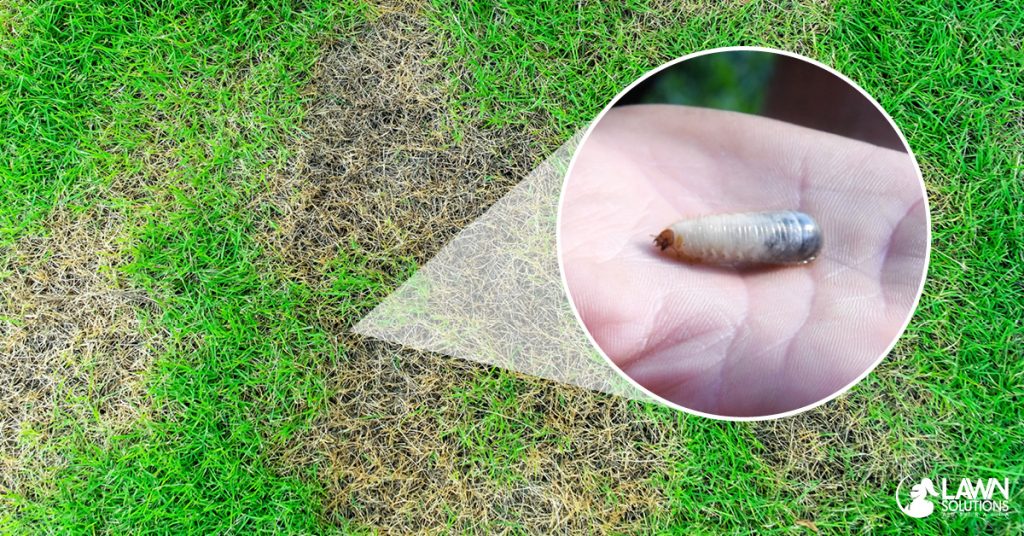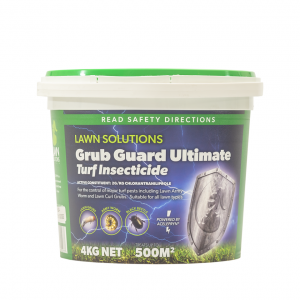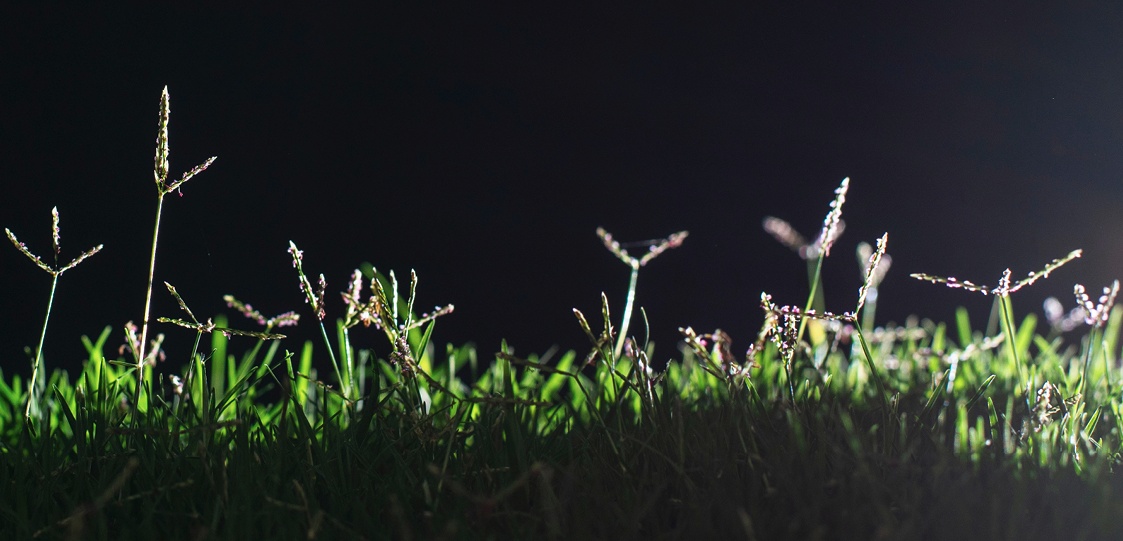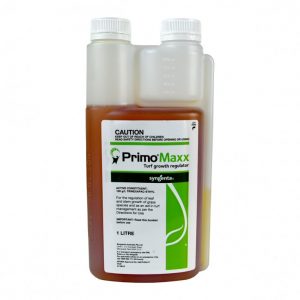Want to know some insider knowledge on how the turf professionals keep their grass in tip-top condition? In this blog, we catch up with three industry leaders within the turf world and hear some of their advice on how to take your lawn to the next level.
Joe Rogers – Lawn Solutions Business Development Manager

Lawn Tip 1. Mow Regularly
By mowing regularly, you can help promote lateral growth and encourage your lawn to form a tighter growth habit. This makes your turf more wear tolerant, more aesthetically pleasing and helps it naturally choke out weeds. The main reason why golf courses and sporting fields look fantastic is they are mown 2-3 times per week. By mowing frequently, you can drastically improve the look of any lawn quickly.

Lawn Tip 2. Be Disciplined in Your Approach to Fertility
Whether or not you are fertilising with up-front nitrogen every six to eight weeks or using a controlled-release product with more P & K & trace elements every six months, it is important to ensure you have discipline with your application. This includes ensuring timing is regular and as per the recommendations and ensuring you stick to label rates. Chemical companies put a lot of effort into ensuring label information is correct, so it is best you follow it.

Lawn Tip 3. Embrace Technology
New turf types and lawn care products are coming to the market regularly. Instead of avoiding them, use them as they will provide many benefits to your lawn. New turf types like TifTuf Hybrid Bermuda and Sir Grange Zoysia require less inputs to produce better results. New turf care products have lower active ingredients, require fewer products and are safer to apply both for you and the environment. So rather than keeping to the same products that you have used for years, keep an eye on new and emerging technology to use it for your advantage.
Simon Adermann – Lawn Solutions National Manager

Lawn Tip 1. Ensure Mower Has Sharp Blades
When mowing with blunt blades, bruising can occur to the leaf tips and a clean cut isn’t achieved. At the start of each spring, replace or sharpen blades ready for the growing season ahead.

Lawn Tip 2. Soil Analysis
Getting the peak performance from your turf, or if your turf isn’t performing a soil analysis, is recommended in spring. With results and recommendations, you can then find the right nutrient balance for your soil to ensure your turf is healthy and get the most out of your fertiliser applications.

Lawn Tip 3. Water Management
Water management is critical during extended periods of dry weather. Using water-efficient turfgrass is the key; however, soil can become hydrophobic and water won’t penetrate well. Wetting agents like Lawn Soaker are a key solution for water management and will allow even water movement through the soil profile. This will improve water efficiency and help with evenness of colour and growth of your lawn.

Michael Sutton – AusGAP Program Manager

Lawn Tip 1. Understanding Nutritional Value
It is important to have a basic understanding of what you are using and what will be the nutritional value it will have to the plant and/or soil. This way, you can help ensure your lawn isn’t getting too much of one nutrient and isn’t deficient of another. By understanding what to use and when, you can help deter other issues like disease.
Lawn Tip 2. Understanding the Site You Are Going to Turf
By understanding your site, if you want to install turf, you can then make a better decision of what varieties will be suitable for the area. Some main areas to look into include how many hours of direct light the lawn will receive, the existing soil type (and if amendments need to be made prior to installing turf) and who will be using the lawn.

Lawn Tip 3. Identifying Underlying Issues In Order to Treat and Address Any Ongoing Issues
So often we see people throwing a heap of expensive products at their lawns without getting to the cause of the problem, often making the issue worse or leading to wasted product and money. So, it is best to identify the problem, identify the solution and execute a treatment plan. If in doubt, consult with an expert.
As always, if you have any more questions please don’t hesitate to contact us for free expert advice on 1800ALLTURF (1800255873) or 07 5543 8304.










